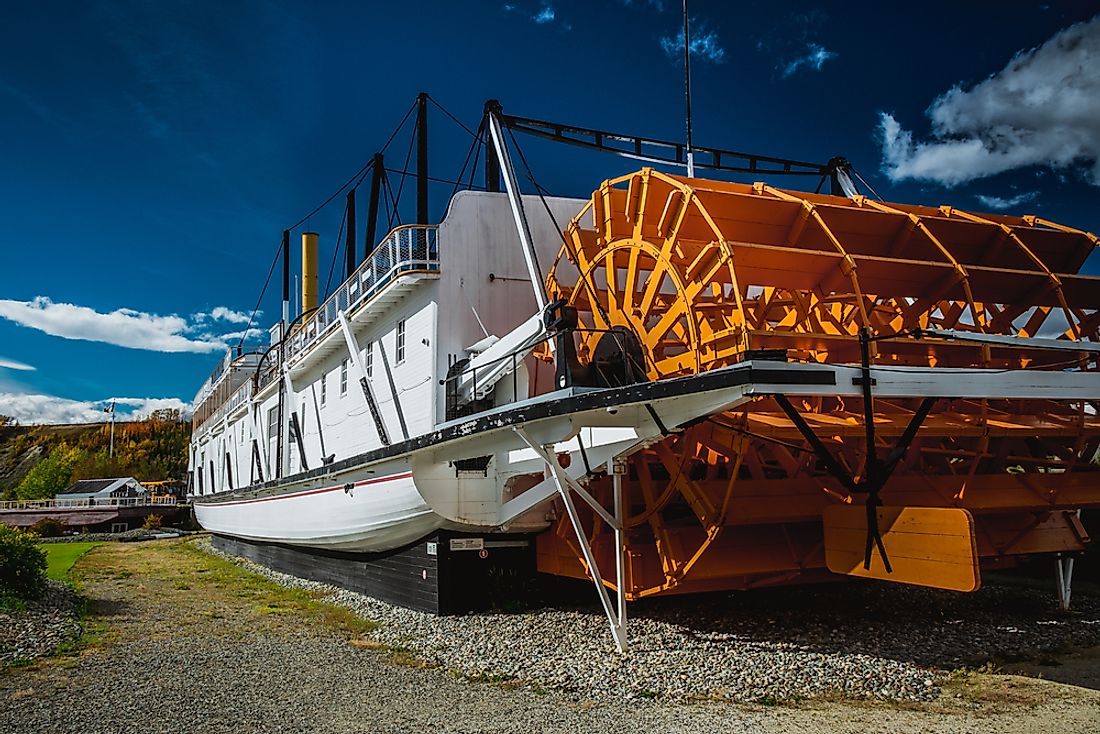Who Invented the Steamboat?

Robert Fulton, an American engineer, is credited with the successful invention of the steamboat. Fulton did several experiments with the water resistance of different hull shapes, and he came up with drawings and models which guided the construction of a steamboat. The boat sailed with no hitches on the initial trial, but the hull was rebuilt and strengthened. On August 9, 1803, Fulton's boat steamed up the Seine although it sunk. The boat was 66 feet long and 8 feet beam, and it recorded between 3 and 4 miles/hr when cruising against current
History Of The Steamboat
The English inventor named Thomas Newcomen and the French inventor Denis Papin made numerous attempts to power a boat using steam. John Allen, an English physician, described and patented a steamboat in 1729. Other pioneers of steam navigation include Jonathan Hulls, James Watt, and William Henry. An experimental steamship was built by Marquis Claude de Jouffroy in collaboration with his colleagues in 1783 which made several short journeys on the river Saône. Work on this project stalled after De Jouffroy left France due to the French Revolution. John Fitch, who was based in Philadelphia, made a similar boat to ply on the Delaware River although it bore little commercial success. William Symington and Patrick Miller of Dalswinton from Scotland also made similar boats. Symington's designs inspired Lord Dundas who was the then Governor of the Forth and Clyde Canal Company and led to the construction of a boat by Alexander Hart who made successful trips on the River Carron. Symington designed a second boat which after construction by John Allan made a sailing on Glasgow's canal. Robert Fulton witnessed the sailing of this boat called Charlotte Dundas, and he designed another one that sailed on River Seine in 1803. Subsequent developments perfected the design of the steamboat.
Robert Fulton
Robert Fulton was born in Lancaster County on November 14, 1765. He arrived in England in 1786 armed with some introductory letters to Americans living abroad from the people he had made acquaintance with in Philadelphia. He lived with Benjamin West and engaged in painting portraits and landscapes. Futon also developed his ideas for steam-powered boats, and in 1794 he relocated to Manchester to acquire practical information of English canal engineering. Futon moved on to Paris and began experimenting with torpedo boats and submarine torpedoes, and he constructed the "Nautilus" which proved to be the first operating submarine. While still in France, Fulton made acquaintance with Robert R. Livingston who was serving as the US Ambassador to France. Livingston helped Fulton build a steamboat with the intention of sailing it in on River Seine.
North River Steamboat
Robert Fulton collaborated again with Robert Livingston in 1807 to build the North River Steamboat. This boat, which later acquired the colloquial name the Clermont, became the first vessel to showcase the viability of employing steam propulsion in commercial water transportation. The Clermont was operated on the Hudson River from the city of New York to Albany. The steamboat's paddle wheels measured 4 feet wide and a diameter of 15 feet. The Clermont bore decent profits in the first year inspiring Fulton and Livingston to commission another one in 1809 named Car of Neptune and another in 1811 called Paragon. The Clermont was retired in 1814.







